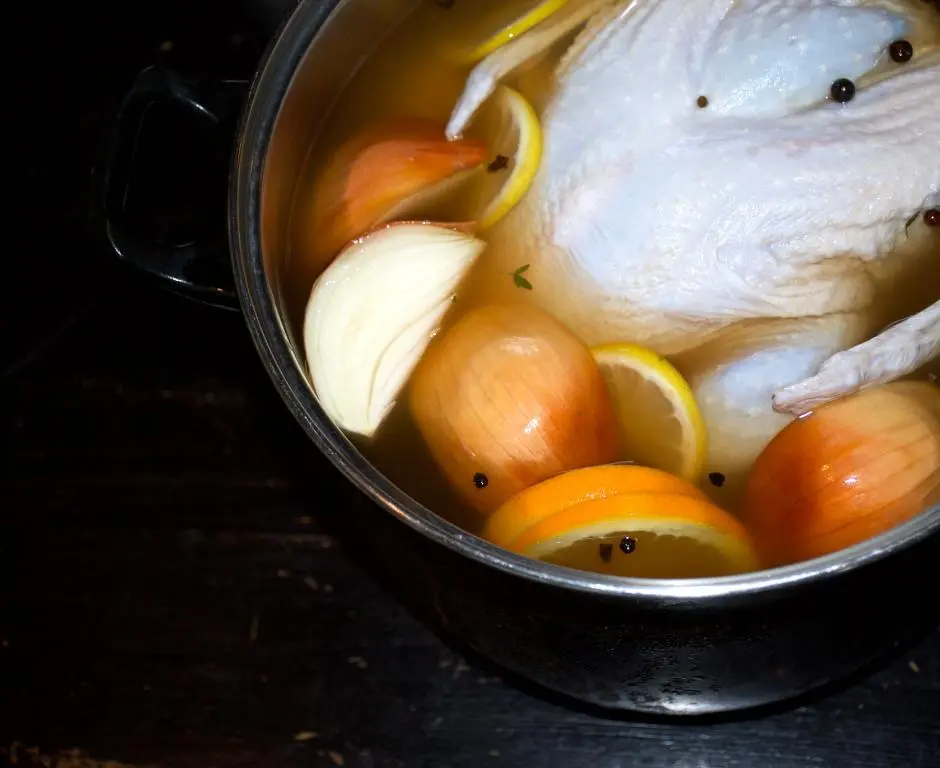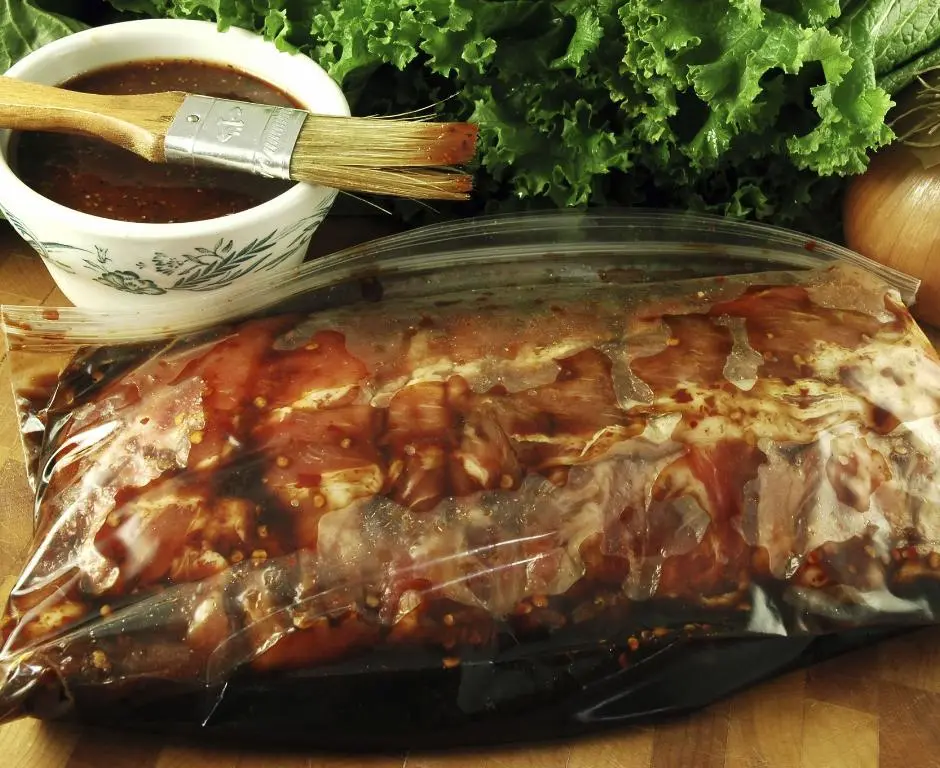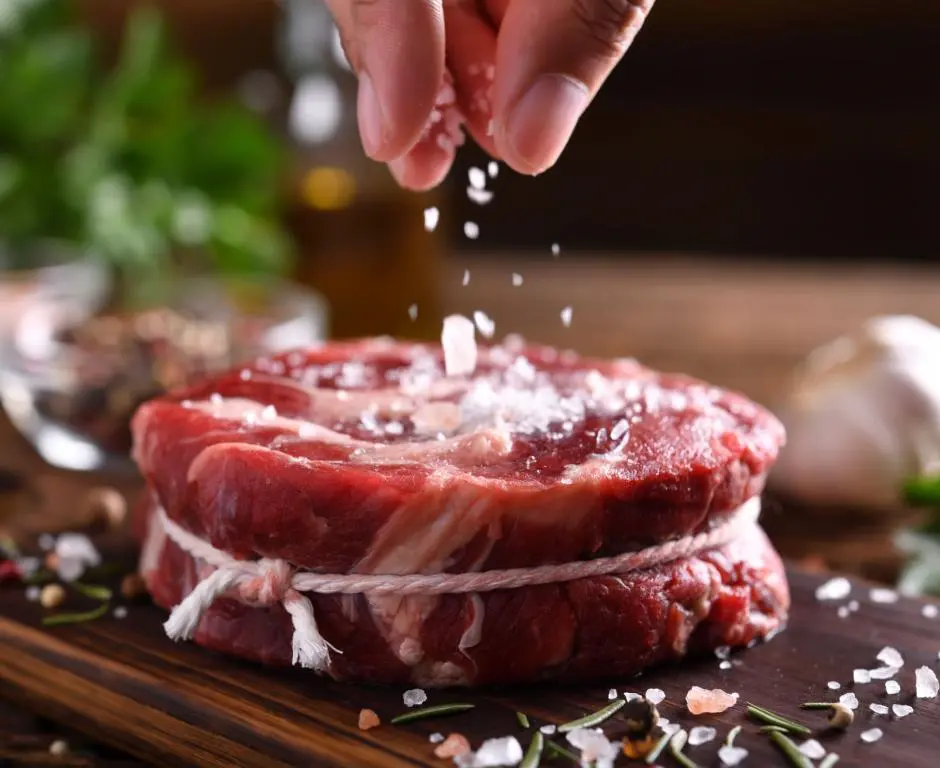When it comes to cooking meat, seasoning is key. Proper seasoning can enhance the natural flavors of the meat, elevate the overall taste of your dish, and transform a simple meal into a memorable dining experience.
This guide will focus on one of the most fundamental aspects of seasoning—salting. Salting is not just about sprinkling some salt over your meat; it’s an art that, when mastered, profoundly impacts the texture and flavor of your meat and poultry.
The Art of Salting
Salting is a critical step in seasoning meat that serves multiple purposes: it enhances flavor, helps retain moisture, and can even alter the texture for a better culinary experience. The process of salting can be adjusted based on the type of meat, cut size, and desired outcome.
Salting Meat and Poultry
Choosing the Right Salt:
The type of salt used can make a significant difference. Table salt, kosher salt, and sea salt are the most common options. Kosher salt is favored by many chefs due to its coarse grain and ease of handling, which allows for even distribution.
Timing is Everything:
- Dry Salting: Applying salt well before cooking—sometimes hours or even a day ahead—allows it to penetrate deeply into the meat, enhancing flavor throughout and helping to break down proteins for tender meat.
- Just Before Cooking: If salting just before cooking, ensure an even coating that will help form a delicious crust, especially on steaks and chops.
Technique:
- Even Application: Spread the salt evenly over the surface of the meat. Use your hands for this to feel and control the distribution.
- Amount of Salt: A general rule of thumb is about 1/2 teaspoon of kosher salt per pound (about 1/2 kilogram) of meat. Adjust based on personal taste and specific recipes.
- Resting: After salting, let the meat sit. This resting period can range from a few minutes for small cuts to several hours or even overnight for larger pieces. During this time, salt draws out moisture, which then reabsorbs, carrying flavor deeper into the meat.
Special Considerations for Poultry:
For poultry, consider the option of brining (soaking in a saltwater solution), which can increase moisture content and help season the meat uniformly. Whether roasting, grilling, or frying, properly seasoned poultry can dramatically enhance both flavor and texture.
Brining
After mastering the art of salting, the next technique to enhance your meat’s flavor and texture is brining. Brining involves soaking meat in a solution of salt and water, which may also include herbs, spices, and sometimes sugar.
This technique is particularly beneficial for leaner cuts of meat like poultry or pork that tend to dry out during cooking. Here’s how brining can take your culinary skills to the next level and why it’s a perfect partner to grilling.

Why Brine?
Moisture Retention: The saltwater solution of a brine helps meat retain moisture during the cooking process. Through osmosis, the meat absorbs extra liquid during the brining period. This additional moisture makes the meat juicier and more forgiving to the high heats of grilling.
Enhanced Flavor: Brining infuses the meat with the flavors of the salt and any aromatics added to the brine. Unlike surface salting, the flavoring in a brine penetrates deep into every part of the meat, ensuring a more consistent taste throughout.
Improved Texture: The salt in the brine helps to partially break down the meat’s protein structures, resulting in a tender texture upon cooking. This can be particularly advantageous for tougher cuts or proteins that tend to seize up under direct heat.
How to Brine
Basic Brine Recipe: A simple brine solution generally consists of 1/4 cup of kosher salt dissolved in 1 quart of water. This ratio can be adjusted depending on the size and type of meat.
Add Flavors: Enhance your brine by adding ingredients such as garlic, herbs, spices, citrus zest, and even sweeteners like sugar or honey. These additions help create complex flavor profiles that complement the natural taste of the meat.
Brining Time: The duration of brining can vary based on the type of meat and its size. Small cuts like chicken breasts might only need a few hours, while a whole turkey could benefit from brining overnight or up to 24 hours.
Post-Brine Prep: After brining, remove the meat from the solution, rinse it under cold water, and pat it dry with paper towels. This step helps to remove excess salt from the surface and prevents the meat from being overly salty.
Transition to Grilling: Once your meat is brined, it’s ready to be seasoned further, if desired, and grilled. The additional moisture from the brine will help keep the meat succulent and tender, even over high heat.
The salting proportions and recommendations
We prefer to use kosher salt for salting because it’s easier to distribute the salt evenly.
The chart lists the meat items that we typically salt, along with notes on timing and method. If using Morton kosher salt, reduce the amounts listed by 33 percent.
| Type of Meat | Amount of Salt (per pound) | Recommended Salting Time |
|---|---|---|
| Beef (steaks, roasts) | 1/2 to 3/4 teaspoon kosher salt | 1 hour before cooking, or overnight for roasts |
| Pork (chops, roasts) | 1/2 teaspoon kosher salt | 1 hour before cooking, or up to 12 hours for roasts |
| Lamb (chops, roasts) | 1/2 teaspoon kosher salt | 1 hour before cooking, or up to 24 hours for roasts |
| Chicken (whole or pieces) | 1/2 teaspoon kosher salt or 1 teaspoon per quart of water for brining | 30 minutes to 1 hour, or overnight in a brine |
| Turkey (whole) | 1/2 teaspoon kosher salt or 1 teaspoon per quart of water for brining | At least 1 hour, or preferably overnight in a brine |
| Fish (fillets, whole) | 1/4 to 1/2 teaspoon kosher salt | 20-30 minutes before cooking |
In summary, mastering the salting of meat and poultry is a fundamental culinary skill that enhances both flavor and texture. The right technique can make all the difference in your cooking, leading to delicious and satisfying meals.
Mastering Marinades
Moving beyond the basics of salting and brining, marinating introduces a new dimension to preparing your meat. A marinade typically consists of an acidic component, such as vinegar or citrus juice, combined with oil and various seasonings.
This technique not only flavors the meat but can also help tenderize tougher cuts. Here’s how to create and apply marinades effectively, ensuring every masterpiece is bursting with flavor.

The Purpose of Marinating
Flavor Enhancement: Marinades deeply infuse the meat with flavors, going beyond the surface. The mixture of herbs, spices, and aromatic components like garlic or onion permeates the meat, enriching it with complex flavors.
Tenderization: The acidic ingredients in marinades help to break down tough muscle fibers, making the meat more tender.
Moisture Retention: Similar to brining, the oil and acidic components in marinades help to lock in moisture, ensuring that the meat remains juicy and succulent throughout the cooking process.
Crafting the Perfect Marinade
Balance Your Ingredients:
- Acid: Vinegar, lemon juice, or wine are popular choices. These ingredients help tenderize the meat and carry flavor deep into its fibers.
- Oil: Olive oil or other cooking oils are essential in a marinade. Oil helps to retain the meat’s natural moisture and adhere the flavors to its surface.
- Seasonings: Salt, herbs, and spices enhance the taste.
Marinade Ratios: A general guideline is three parts oil to one part acid, with seasonings adjusted to taste. This ratio ensures that the acid doesn’t overpower the meat’s natural flavors.
Marinating Process
Preparation:
- Mix your marinade directly in a bowl or shake it up in a sealed container to ensure the ingredients are well combined.
- Place the meat in a resealable plastic bag or shallow dish and cover it completely with the marinade.
Timing:
- Small cuts of meat (like chicken breasts or steak): 1 to 3 hours.
- Larger cuts (like roasts or whole poultry): 4 hours to overnight.
- Avoid over-marinating, especially with very acidic marinades, as this can lead to the meat becoming mushy.
After understanding the process of marinating, it’s easy to see how this technique complements both salting and brining. While each method has its specific benefits, they all serve the ultimate goal of enhancing the meat’s flavor and texture.
